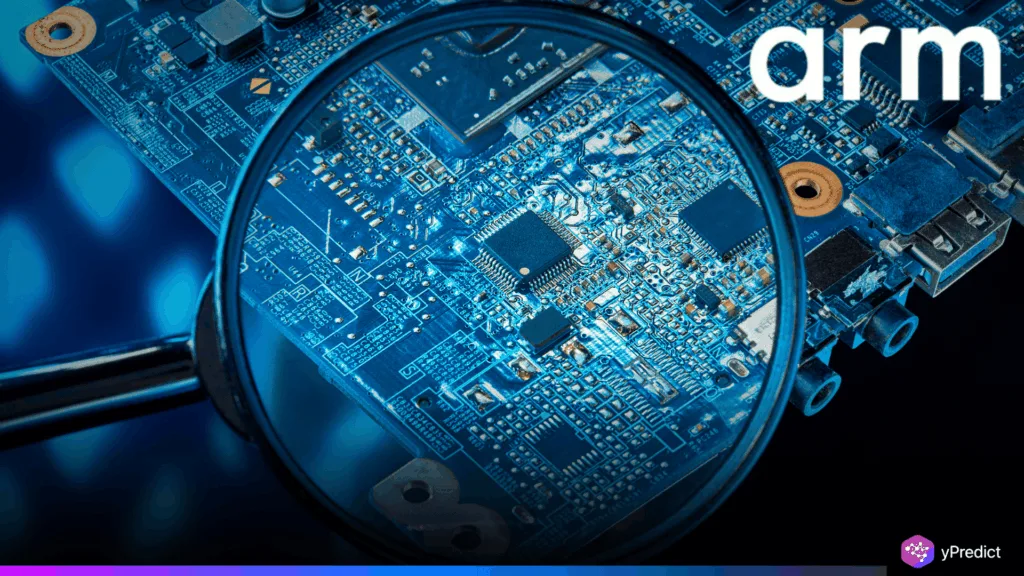
Arm’s decision to bring in Rami Sinno from Amazon AI is one of the clearest signals yet that the company is moving well beyond its comfort zone of licensing designs. It is running into the thick of the AI chips race. Sinno led Amazon’s AI chip efforts, including Trainium and Inferentia, which were designed to give large-scale AI systems more performance at lower cost compared to Nvidia’s GPUs. Under his watch, Amazon AI pushed chips that delivered training speeds multiple times faster than earlier models while improving efficiency.
Why Rami Sinno Matters
What makes this hire even more interesting is Sinno’s history. He has worked at Intel, Freescale Semiconductor, Marvell, and even had a stint at Arm, so he isn’t just a one-company specialist. He understands the challenges of large-scale systems, and he has seen firsthand how vertical integration works at Amazon AI. Having worked in an organization where data center infrastructure is designed to squeeze the most out of AI chips. That mindset could be transformative as Arm shifts from just providing blueprints to building and delivering complete chip solutions.
Rising Demand and Market Timing
The timing is telling. Analysts expect the AI chip market to grow into the hundreds of billions of dollars in the next five years. Nvidia might hold anywhere between 70 and 95 percent of it. That dominance is both a problem and an opportunity. Customers want alternatives, partly because Nvidia’s GPUs are expensive. Partly because relying on a single vendor is risky. Amazon AI has proved there is a space for cost-effective alternatives. Now, Arm is positioning itself to be one of them. Already, it has lined up Meta as a customer for a data center CPU slated for next year, a move that shows big players are willing to trust Arm with critical workloads.
There is cutthroat competition across the semiconductor industry. Demand is exploding across AI, data centers, electric vehicles, and 5G. On the other hand, the cost of staying competitive has skyrocketed. Building a cutting-edge fab now takes upwards of $15 billion, and designing advanced chips runs into the hundreds of millions. With stakes this high, companies are forced into an arms race. Whoever delivers the product first and at scale tends to dominate. Semiconductors have also become deeply geopolitical. Governments are pouring billions into domestic capacity. Access to chips increasingly means economic and national security power. That’s why big tech companies and even governments are all competing to stay ahead.
Risks of Competing With Customers
For Arm, the move comes with risks. It has built its business on being the “neutral” supplier. It is licensing architecture to almost every major chip company. Directly competing in AI chips could strain those relationships, especially with customers like Qualcomm, Apple, or even Nvidia. On top of that, the market is already facing pressure from open-source alternatives like RISC-V. Countries like China are heavily backing efforts to reduce dependency on these.
ARM’s RISC-based architecture already dominates mobile due to its efficiency and performance-per-watt. It will play directly into AI workloads where energy use is a real bottleneck. If it can bring the same efficiency into data centers at scale, it has a path to meaningful market share. By bringing Sinno on board, Arm is making it clear it wants to play a leading role in AI. Only the coming years will show if this bold move works in favor of Arm.






